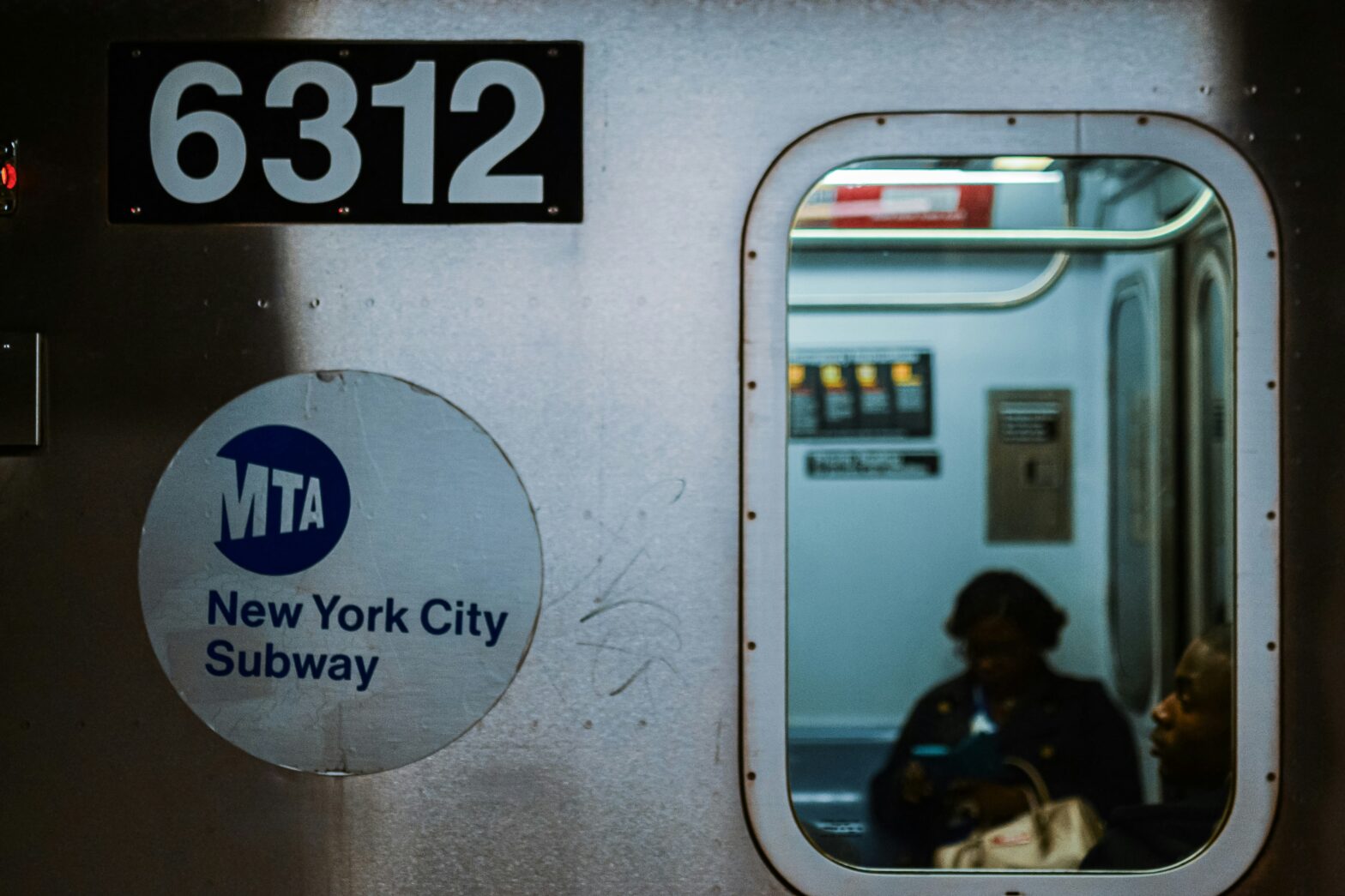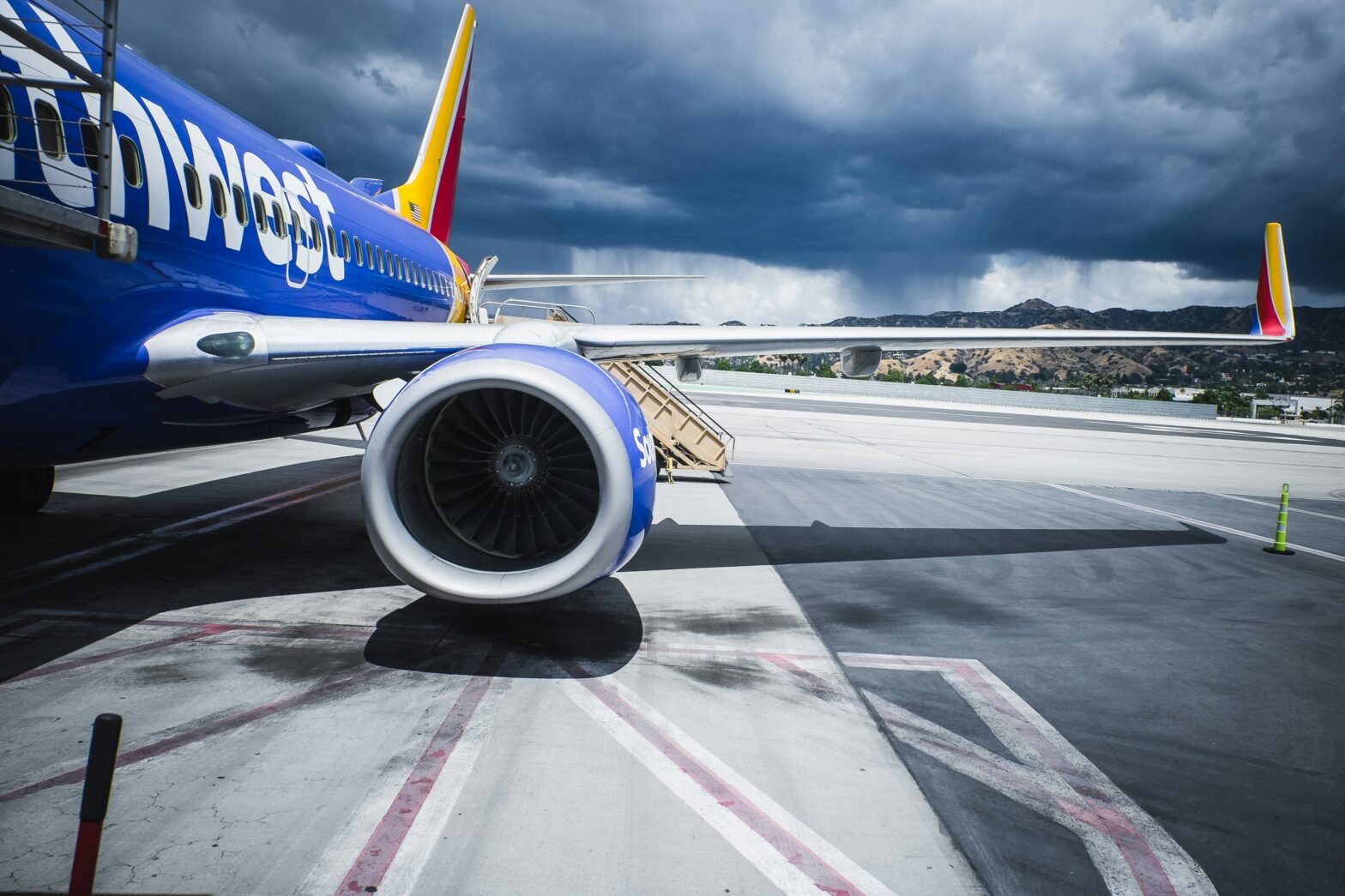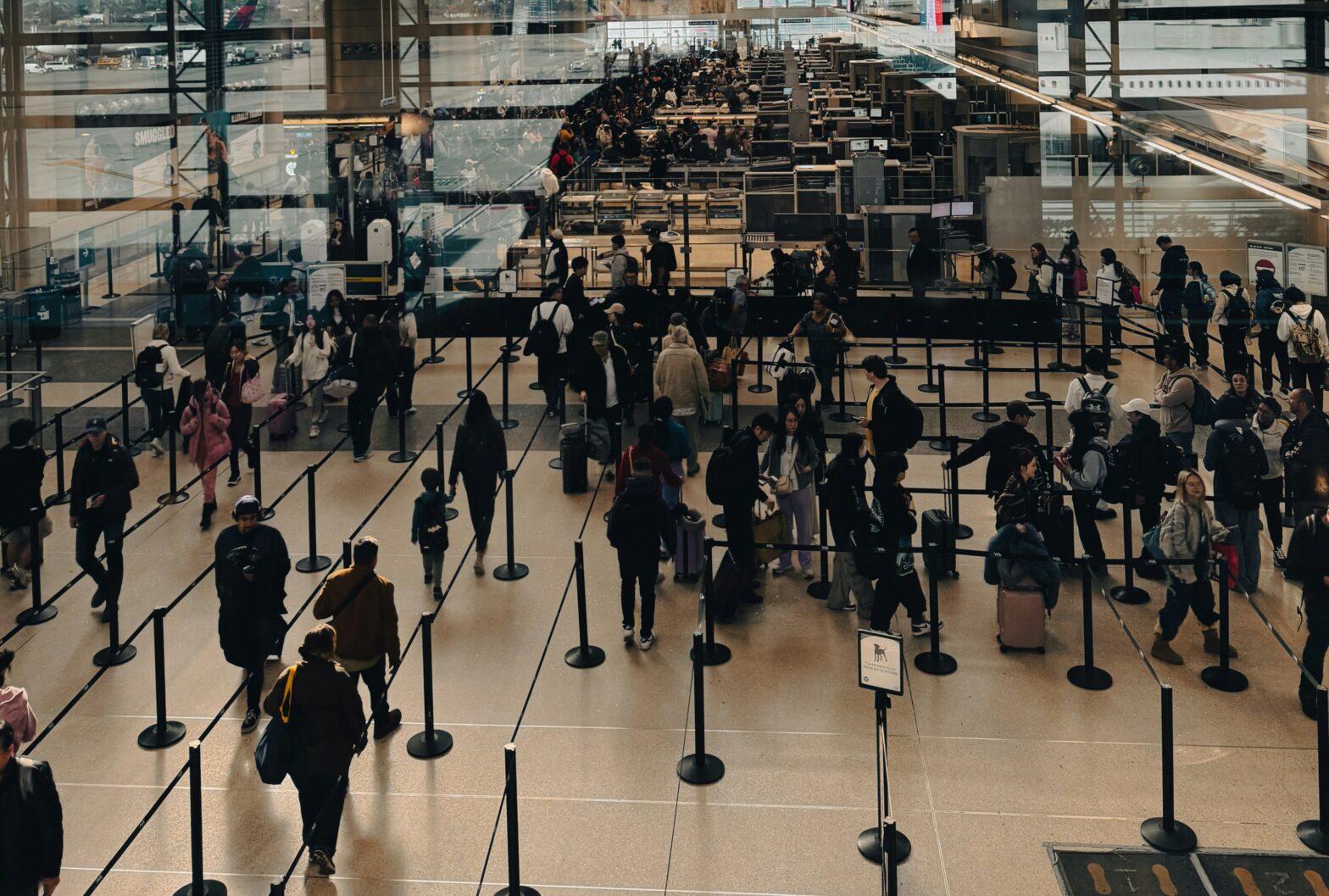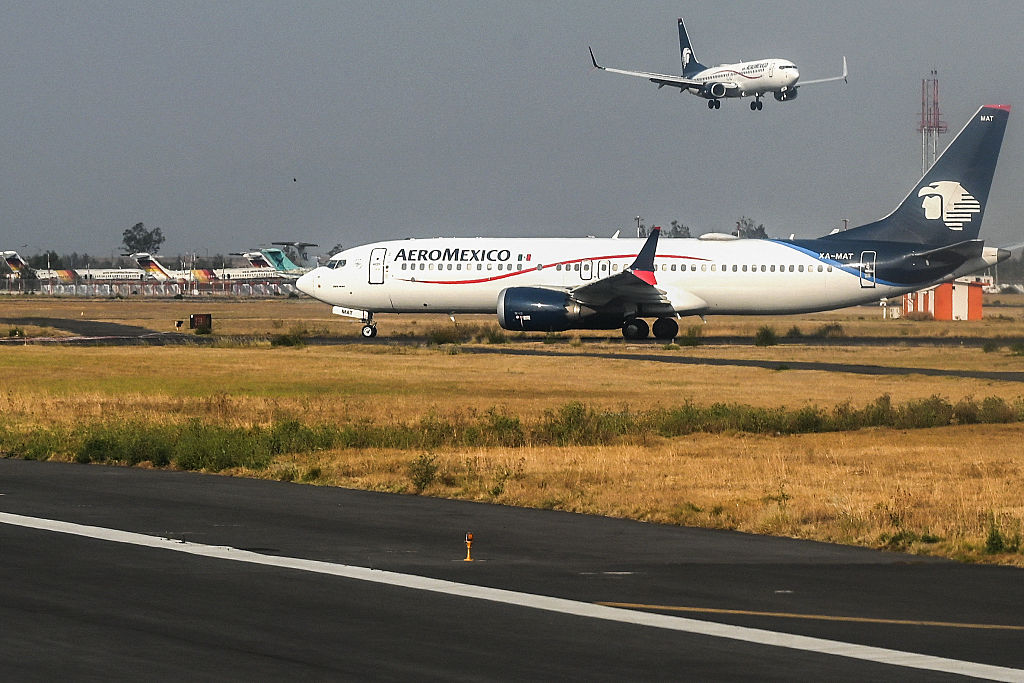New research found that Black and Hispanic subway riders in New York City face 35% and 25% more polluted air, respectively, while using the system than Asian and white commuters. Additionally, lower-income communities were also found to be more exposed to the subway system’s “fine particular matter pollution,” or PM2.5.
Black and Hispanic people who have to travel farther for work were found more vulnerable to exposure. The study, published on Plos One in early August, was conducted by a research team at New York University’s Tandon School of Engineering. The group analyzed the daily subway air pollution exposure of “home-to-work” commuters in Manhattan, Brooklyn, Queens, and the Bronx.
To collect the data, the research team took round-trip commutes that assumed the rider was taking the fastest routes available. The researchers collected samples on trains, between stops, and on platforms. The study built upon previous research and, in total, analyzed 19 subway lines.
The findings noted “exceptionally high concentrations” of iron-rich particular matter. Pollution levels “on platforms and train cars were measured to be 10 times and 7 times the 24-hour guideline set by WHO,” the World Health Organization.
Other Findings In The NYC Subway Air Pollution Study
The research detailed that particle matter “can remain suspended in the air for long periods, and when inhaled, can easily enter the bloodstream.” Exposure can also cause “short-term and long-term health complications.” Metals in subway system air are mostly caused by brake friction and abrasion between the train wheels and city rails.
Notably, the commute patterns of MTA (Metropolitan Transportation Authority) subway riders were pulled from a 2019 LEHD (Longitudinal Employer-Household Dynamics) Origin-Destination dataset of 34,169 city blocks.
The study noted that its findings were limited to work commutes. It didn’t factor in the other trips NYC residents take or the exposure to those who don’t work but still take the subway.





